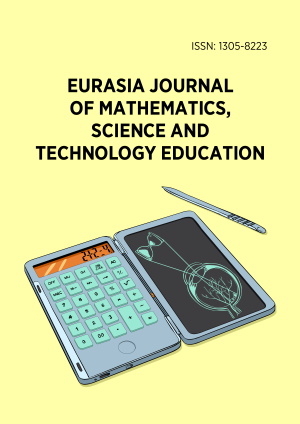Abstract
Visualization is key in developing learners’ problem-solving skills and mathematical reasoning, yet many South African Grade 11 multilingual learners (MLs) struggle with geometry. This qualitative study, informed by the commognitive framework, explores how visual aids and language influence their understanding. Eighteen MLs participated in task-based interviews and focus group discussions. Findings revealed two main challenges: limited understanding of geometry terms like “arc,” “bisect,” and “subtend,” and difficulty visualizing concepts without a clear vocabulary. However, when visual representations supported instruction, learners showed improved comprehension, identified misconceptions, and communicated their reasoning more effectively. The study concludes that combining visual aids with explicit language support enhances MLs’ geometry learning. Multilingual classrooms should incorporate annotated diagrams, drawing tasks, and vocabulary-focused prompts to strengthen visualization and conceptual understanding.
License
This is an open access article distributed under the Creative Commons Attribution License which permits unrestricted use, distribution, and reproduction in any medium, provided the original work is properly cited.
Article Type: Research Article
EURASIA J Math Sci Tech Ed, Volume 21, Issue 7, July 2025, Article No: em2662
https://doi.org/10.29333/ejmste/16564
Publication date: 04 Jul 2025
Article Views: 2276
Article Downloads: 3075
Open Access References How to cite this article
 Full Text (PDF)
Full Text (PDF)